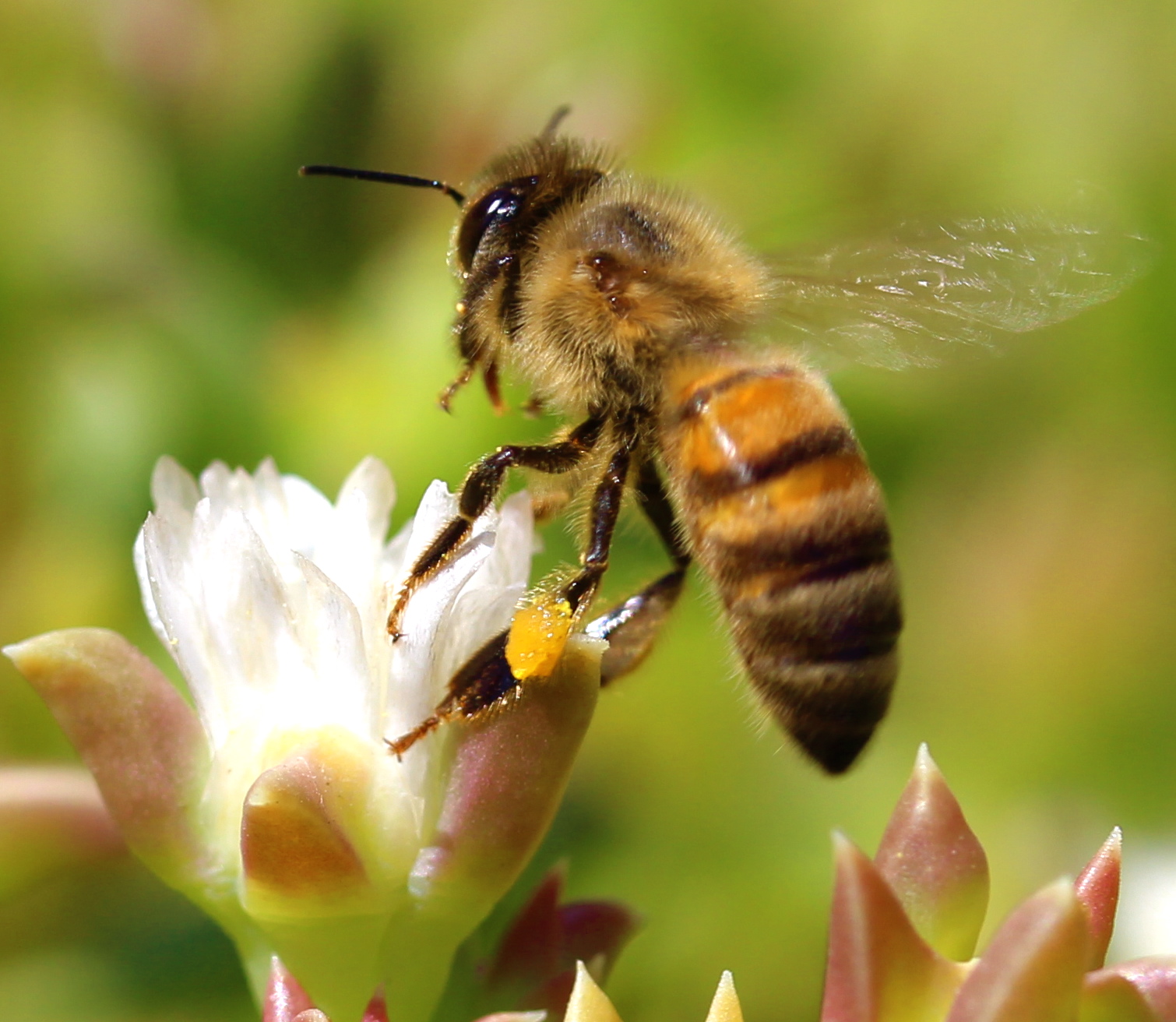04
Sep
Canadian Beekeepers File Class Action Lawsuit Against Makers of Neonicotinoids
(Beyond Pesticides, September 4, 2014) Beekeepers in Ontario, Canada are tired of losing bees and have decided to take matters into their own hands by filing a class action lawsuit against two makers of neonicotinoids. According to The Globe and Mail, the lawsuit alleges that Syngenta and Bayer CropScience were negligent in the design, sale, manufacture, and distribution of neonicotinoid pesticides and this negligence caused the plaintiffs, Sun Parlor Honey and Munro Honey, to suffer $450 million in damages. These alleged damages are based on losses from damaged or lost bee colonies, decreased honey production, lost profits, and unrecoverable costs ””all because of neonicotinoids.
 Neonicotinoids are chemically similar to nicotine and are pesticides that are toxic to a broad range of insect pests. They are also known as systemic pesticides, which are pesticides that spread throughout the entire plant structure, making everything from roots to pollen toxic to organisms that come in contact with it. As a result of neonicotinoids systemic nature, pre-treatment practices, and other factors these dangerous pesticides have been linked to the global disappearance of honey bees and other non-target organisms, such as earthworms, birds, and aquatic invertebrates.
Neonicotinoids are chemically similar to nicotine and are pesticides that are toxic to a broad range of insect pests. They are also known as systemic pesticides, which are pesticides that spread throughout the entire plant structure, making everything from roots to pollen toxic to organisms that come in contact with it. As a result of neonicotinoids systemic nature, pre-treatment practices, and other factors these dangerous pesticides have been linked to the global disappearance of honey bees and other non-target organisms, such as earthworms, birds, and aquatic invertebrates.
For honey bees, the impacts have been astounding, with annual average bee loses jumping significantly over the past several years. In Canada alone during the past six years, honey bee losses have averaged 30 percent annually ””this is compared to the previous norm of 15 percent annual average loses.
While many causes of these honey bee declines have been cited, including a combination of pesticides, parasitic mites, viruses, cold winters, decreased foraging habitat, and the stresses placed on colonies when they are moved among farms, scientists and bee experts agree that neonicotinoids significantly contribute to bee deaths both directly through contact exposure and indirectly through weakening the bees and making them more vulnerable to pathogens and other stressors.
Neonicotinoids, like imidacloprid, clothianidin, and thiamethoxam, have already been given two-year moratorium in the European Union (EU). Despite calls for similar action from beekeepers and environmentalists, Canadian officials, and their counterparts in the U.S., have refused to follow suit. And although some success in the form of local ordinances has occurred in both the United States and Ontario, Canada as well as policy shifts within some U.S. federal agencies, the Canadian beekeeper lawsuit demonstrates the desperation of beekeepers everywhere seeking relief on a broader scale.
Here in the U.S. courts, Beyond Pesticides, Center for Food Safety, Pesticide Action Network North America, and U.S. beekeepers filed a lawsuit against the U.S. Environmental Protection Agency (EPA) in 2013 calling for a ban on clothianidin and thiamethoxam, which are used extensively on corn, soybean and canola seeds.
Join Beyond Pesticides in supporting beekeepers across North America in their fight against neonicotinoids and learn the many ways you can BEE Protective by visiting our website!
All unattributed positions and opinions in this piece are those of Beyond Pesticides.
Source: The Globe and Mail
Photo Source: Gary Tate, Riverside, CA











This means goods are delievered to markets and grocery stores more quickly than ever.
September 28th, 2014 at 3:27 amAccording to USDA publications, the Organic Foods Production Act of 1990 provided only for the ‘USDA
National Organic Program (NOP) to set national
standards for the production, handling, and processing of
organically grown agricultural products. What how is it different from one
that is veganic. Present Market Scenario:. 1 percent increase from 2008, according to statistics from the Organic Trade Association’s (OTA’s) 2010 Organic Industry Survey.